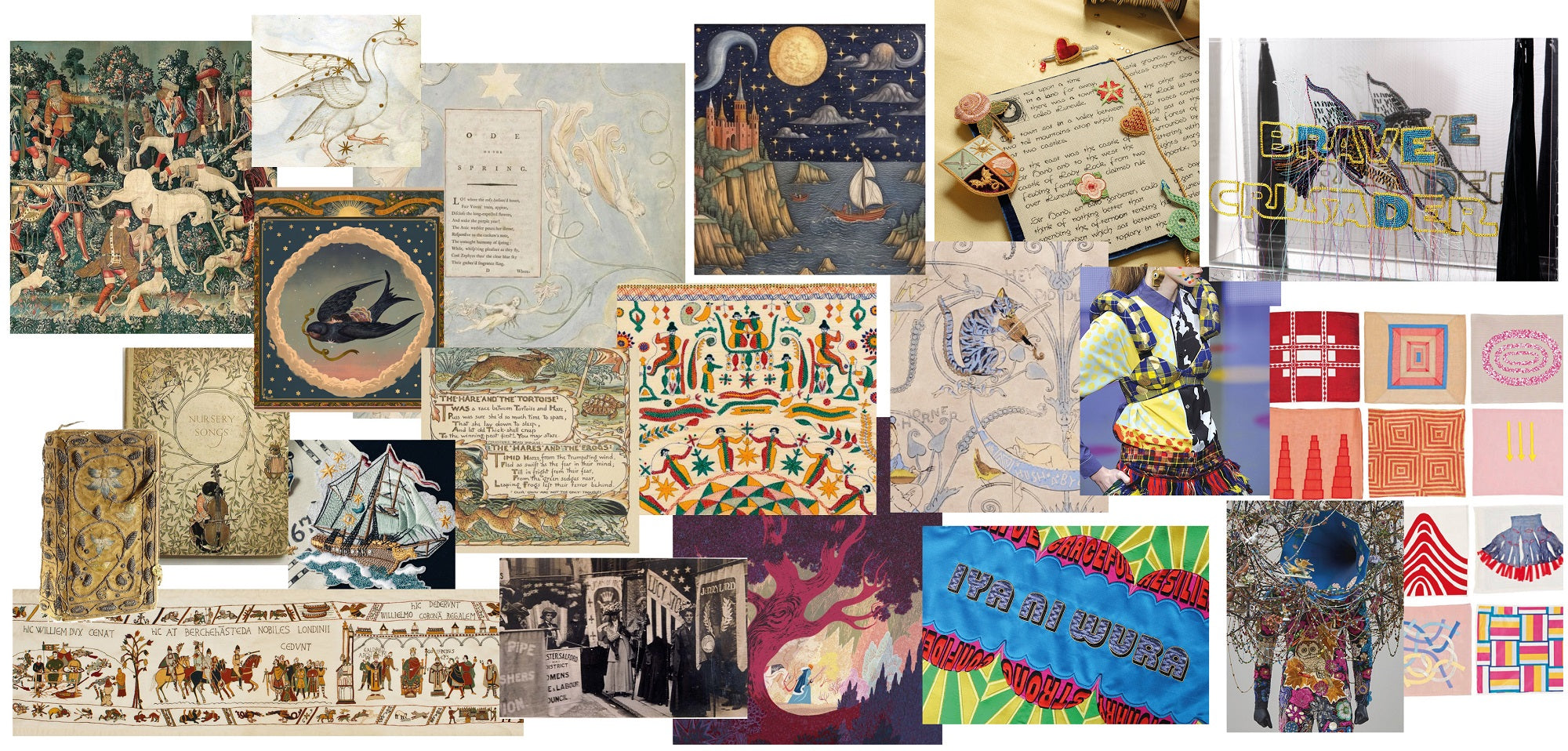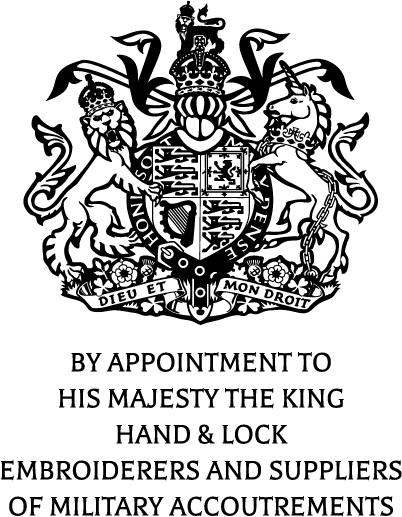Brief Context
The great storytellers have the power to stir our emotions, offer new perspectives and transport us to other worlds. Of course, powerful stories aren’t just words or songs. The enduring appeal of Swan Lake or the Bayeux Tapestry proves that rich narratives can thrive in the spaces between words.
It’s true, written and spoken language are the first places we reach when sharing stories. But language, song and storytelling are littered with phrases borrowed from the world of textiles. We speak of spinning a yarn, a rich tapestry, embellishing the truth and weaving multiple narratives. In all these instances, the subtext is that a special skill is required to navigate storytelling - a skill that demands attention to detail, a keen eye and the ability to hold a universe of possibility in your mind. These rare abilities live in the nimble fingers of the embroiderer. The needle is your feathered quill and the taut thread a fluid ink. Sequins, pearls, beads, silk floss, bullion, passing, appliqués and crystals are the rich adjectives, moving metaphors and punchy punctuation that propel your gripping yarn. Authors and embroiderers both strive to fix their imaginings to their chosen blank surface, bringing form to fantasy.
The brief for the 2026 Hand & Lock Prize for Embroidery asks you to explore storytelling and its relationship to needlework. As we move into an increasingly digital-first reality, what sacred stories are safely bound in cloth and what stories risk being lost? Examine personal, cultural or universal tales to unlock fundamental archetypes. Reimagine familiar or private chronicles as rich visual expressions.
The Brief
We invite artists, embroiderers, designers and makers to create embroidery that tells a story. Create anew, reinvent, reinterpret or transcribe from the realm of words to the universe of embroidered imagery. Revel in your own culture or explore another by drawing your vision from fairy tales, fables, oral histories, songs, poetry, epics, childhood stories or future imaginings.
Become a conduit of creativity and re-experience your favourite literature, cinema or music, needle in hand. Through radical spontaneity (akin to Madge Gill), divine the essence of your chosen materials through instinct. Or, as a methodical researcher (like Alice Kettle), plan, examine, explore and iterate to discover the core principles. Your work should speak of stories or the nature of storytelling, in your own voice. Interrogate what resonates with you and why, then make that feeling a physical reality.
As always, we want you to weave your vision with a healthy and inspiring dose of intellectualism. Discover whether your instinctive creative impulse aligns with philosophies or theories of narrative.
Consider the Western Hero’s Journey in contrast with Kishōtenketsu, the storytelling structure from Japan or the Sand Talk tradition of Aboriginal Australians. Interrogate the accepted nature of storytelling, your learned expectations and the alternatives to your narrative framework.
Examine the evolving textural symbolism through the work of Roland Barthes. In Mythologies, Barthes unpacks how images and objects carry both a literal meaning (denotation) and a cultural or emotional meaning (connotation). What symbols or materials can you use that carry hidden meanings? Can the medium of embroidery elevate or subvert those associations?
Look also to Julia Kristeva, who explored how meaning is shaped not only through symbols but through sensation, rhythm and the body. Her idea of the semiotic points to a register of expression that exists beneath language. How might embroidery convey deeper ideas that cannot be expressed in words? What emotional or physical traces are embedded in your work?
Finally, reflect on the physical, temporal and ephemeral nature of storytelling. The spoken tradition shifts with the mood, is bound to a lifespan and limited by geography. A story carried in song offers more permanence yet remains open to change or loss. Tales etched in stone may endure but are fixed and inert. Books, rich with printed words and stirring illustrations, are widely accessible but increasingly vulnerable to destruction and censorship. Consider your medium and its strengths and weaknesses. Consider how to convey that unique nature through your material and colour choices.
Your embroidered submission should be a unique expression of you and your approach to this brief. Choose the ideas and themes that speak to your creative impulse. Allow yourself to be inspired and follow that creative path, wherever it leads.

Register for the 2026 Prize now
Entries for the 2026 Prize are now open - register before February 1st to enjoy an automatic £10 discount on your entry



